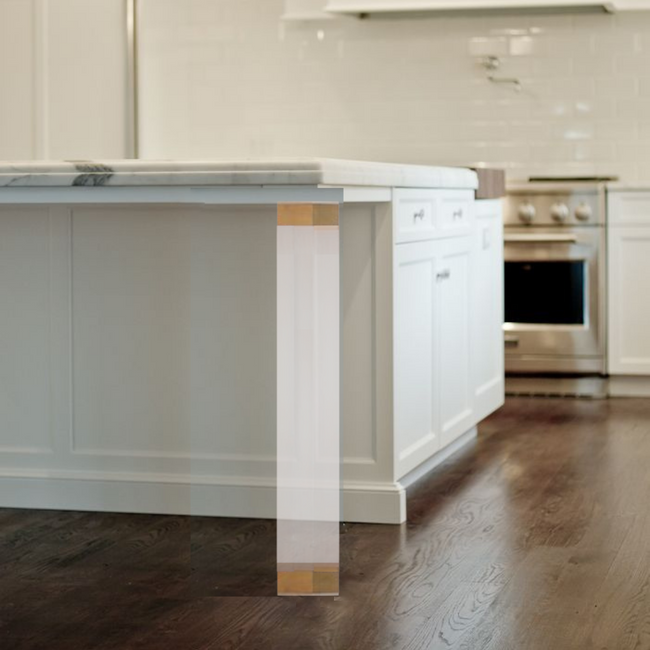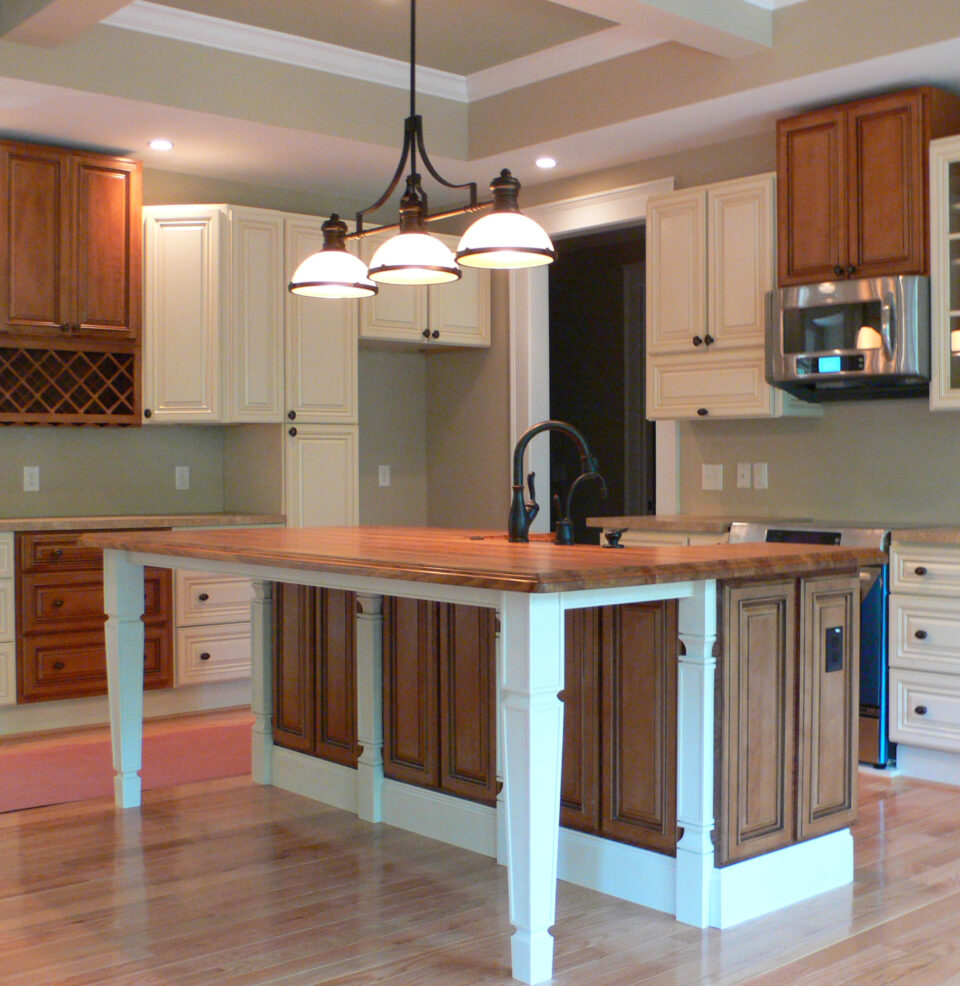Just how to Include a Kitchen Island Leg right into Your Kitchen Remodel
Just how to Include a Kitchen Island Leg right into Your Kitchen Remodel
Blog Article
The Value of a Sturdy Cooking Area Island Leg in Developing a Practical Cooking Location
A strong cooking area island leg acts as a fundamental element in developing a functional cooking setting, offering necessary support for both the counter top and different kitchen area tasks. The security it uses can considerably reduce the threat of mishaps in high-traffic areas, while also adding to the total aesthetic comprehensibility of the space. As kitchen areas develop right into multifunctional locations for cooking, eating, and mingling, the selection of products and design considerations for island legs becomes increasingly important. Comprehending these aspects can transform your kitchen area right into a safer and much more effective area, motivating more exploration into the ideal alternatives offered.
Advantages of Sturdy Island Legs
Supplying essential assistance, strong kitchen island legs play a critical duty in boosting the performance and toughness of cooking area islands - kitchen island leg. These legs not just bear the weight of the kitchen counter and any type of additional things positioned on the island, however also add to the general stability of the structure. A well-supported cooking area island makes sure that it continues to be upright and useful, even under heavy usage, which is particularly important in hectic cooking area settings
Furthermore, strong island legs can improve the aesthetic charm of the kitchen area. They offer a solid framework that can complement various design styles, from modern-day to traditional. This adaptability permits house owners to customize their cooking area islands according to personal preference while making sure that the architectural integrity stays uncompromised.
In addition to their helpful function, durable kitchen island legs can also boost safety. A secure island lowers the threat of mishaps created by wobbling or tipping, which is especially critical in households with youngsters or senior individuals. Solid legs can facilitate a smooth flow of tasks, permitting for reliable dish prep work and social communications within the cooking area room. Inevitably, purchasing durable kitchen area island legs is vital for a practical and aesthetically pleasing cooking location.
Products for Cooking Area Island Legs
When picking materials for cooking area island legs, resilience and visual allure are important elements to take into consideration,. The most typical products include hardwood, metal, and engineered timber, each offering special advantages.
Wood, such as maple, cherry, or oak, is a traditional selection as a result of its strength and classic beauty (kitchen island leg). It can endure considerable weight and is immune to put on, making it suitable for high-use kitchen atmospheres. In addition, wood can be stained or repainted to complement different kitchen styles
Metal legs, frequently crafted from stainless steel or functioned iron, provide a commercial and modern look. They are exceptionally solid and can support considerable loads while being immune to wetness and warm, which is useful in a cooking location. Steel legs can also be easily cleaned up, boosting their practicality.

Style Considerations for Security
The choice of products for kitchen area island legs directly affects the design factors to consider for stability. When making a cooking area island, it is critical to evaluate the weight-bearing ability of the selected products. Much heavier materials, such as strong timber or metal, generally offer greater security, particularly under the stress of day-to-day use.
Additionally, the leg layout must incorporate proper geometry to enhance stability. A wider base increases the assistance location, lessening the danger of wobbling or tipping. Factor to consider should additionally be offered to the height of the legs; out of proportion leg sizes can lead to inequality, compromising the general stability of the island.
Additionally, the circulation of weight across the island is vital. Ensuring that the leg placement straightens with the heaviest components, such as home appliances and kitchen counters, will better enhance security.
Maintenance Tips for Durability

Depending on the material of the legs-- whether wood, metal, or composite-- suitable cleansing approaches must be employed. Steel legs may call for a light gloss to protect against corrosion and keep their luster.
In addition, tightening up screws and screws frequently can make sure security and protect against tottering. If the kitchen island experiences heavy usage, consider strengthening the legs with added braces or sustains to boost toughness. Using a protective finish or sealer can secure versus moisture and spots, lengthening the life expectancy of the legs. By adhering to these maintenance tips, homeowners can guarantee their cooking area island legs remain robust and functional for many years to find.
Choosing the Right Leg Design
Normal upkeep makes certain that kitchen island legs continue to be tough and practical, however choosing the right leg design is just as crucial for both appearances and assistance. The option of leg design can significantly affect the general layout and consistency of your kitchen area.

Performance is one more important facet. Thicker legs or those with a strong base can sustain heavier kitchen counters and devices, enhancing the island's utility. Alternatively, slender legs might create a ventilated appearance, appropriate for lighter styles yet potentially much less encouraging.
Conclusion
In recap, the value of durable kitchen island legs can not be overstated in the production of a functional food preparation location. These legs give crucial support, improve security, and add to the general visual of the kitchen this page area.
A sturdy kitchen island leg serves as a fundamental part in establishing a useful food preparation atmosphere, giving essential support for both the counter top and various cooking area activities.Giving essential assistance, strong cooking area island legs play a critical role in boosting the performance and longevity of cooking area islands. Inevitably, investing in sturdy kitchen island legs is vital for a useful and aesthetically pleasing cooking location.
Factor to consider needs to additionally be provided to the elevation of the legs; disproportionate leg lengths can lead to inequality, endangering the general stability of the island.
Wooden legs offer warmth and a timeless appearance, while metal click here now legs offer a industrial and modern feel.
Report this page